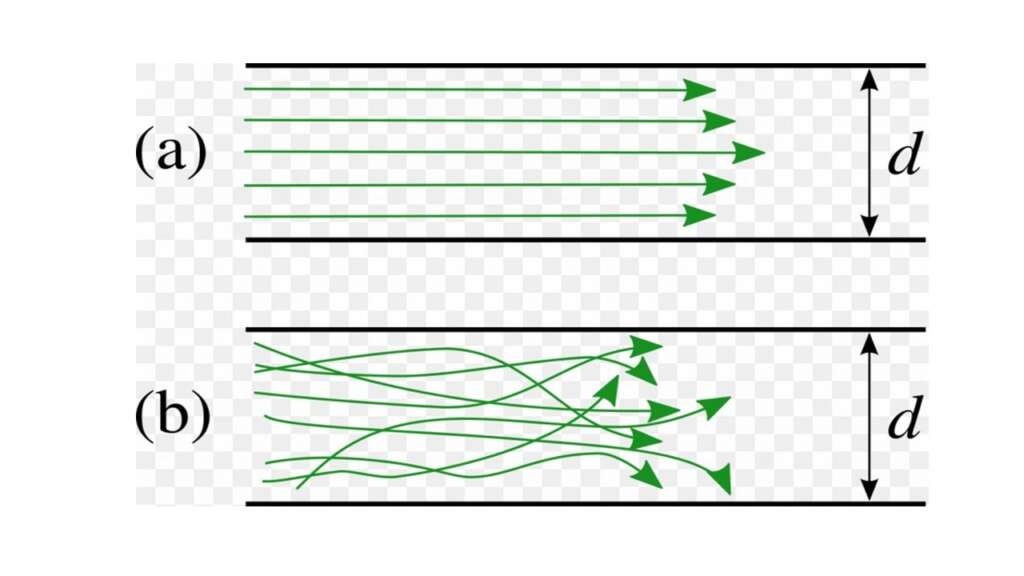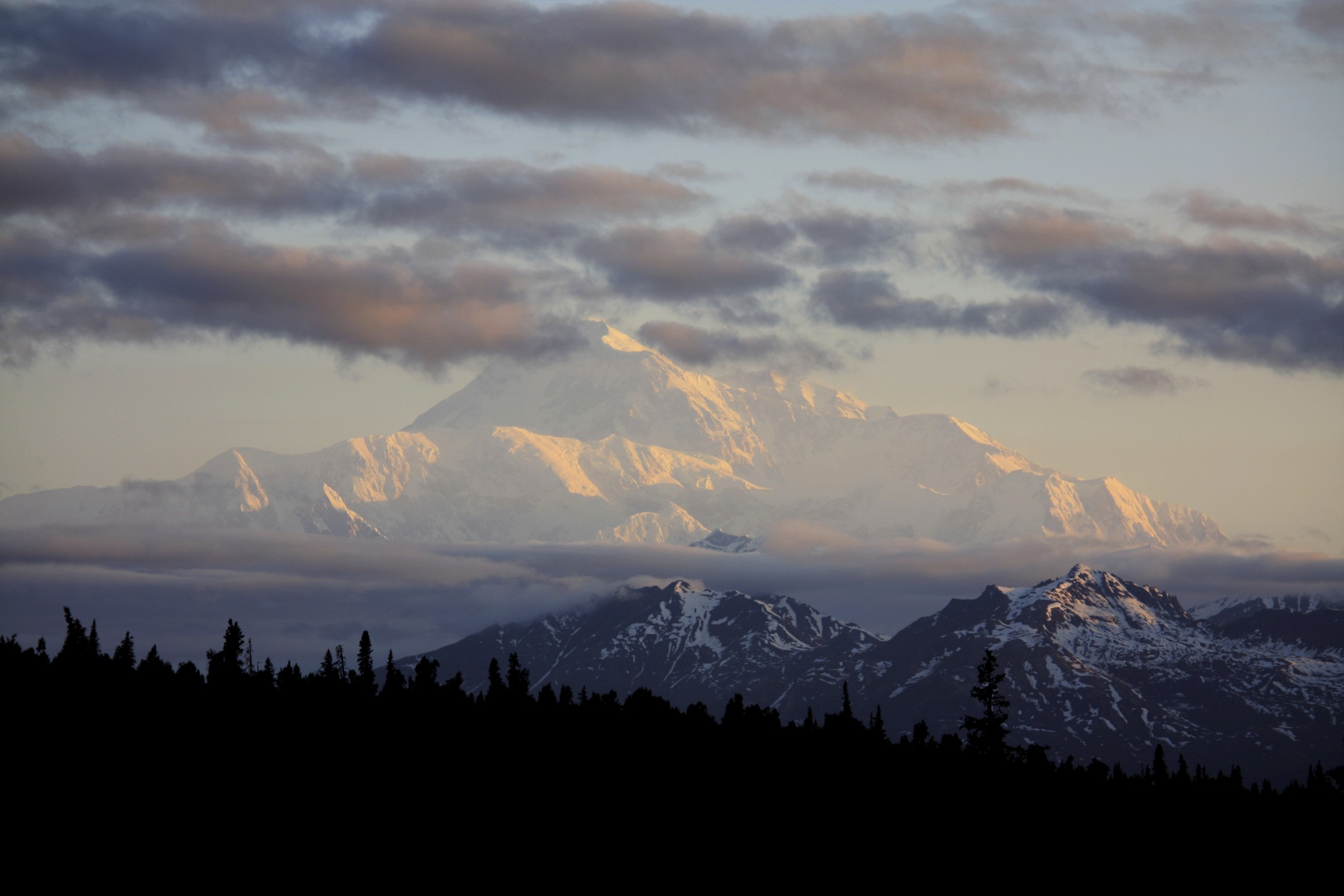
Three States of Nature
Stuart Kaufmann (1998), a noted observer of complex systems, offers an obvious but important distinction. There are three quite different states in which complex systems operate. There is the fluid state of water, the frozen state of ice, and the unbounded state of gas (steam/vapor). Ice represents a complex system that is static and heavily structured. It contains many agents, but they remain inactive and isolated from one another. The gaseous state represents a complex system that is chaotic, without any boundaries or structure. There are many active agents, but they fail to interact or influence one another in a consistent manner. The fluid state of water represents a complex system that contains both order (structure) and disorder (randomness). Causality begins to fall away as the inter-play of multiple agents (water molecules in the case of rivers) begin to experience feedback collisions in often chaotic fashion—shifting from ordered laminar flow into turbulent flow.
In the frozen state there is no feedback flowing between agents operating in the system, whereas in a gaseous state there is feedback flowing out of each agent, but this feedback is “ignored” by all of the other agents. It is only in the fluid state that we find feedback flowing and being received by other agents. It is only the fluid system that has the capacity to be adaptive—especially if there is a blend of proximal and distal feedback. In the case of a turbulent river, the distal feedback might be information regarding the release of water from an upstream dam or weather reports regarding a rainstorm occurring several miles above our current location on the river.
Proximal feedback would focus on the immediate volume of water flowing past us at our current location or the presence of logs floating down the river that disrupts the flow pattern. With the availability of both distal and proximal information, we can plan for the present (tactical) and near future (strategic). The interplay between distal and proximal feedback is engaged when we consider the impact of increased water volume on the level of river turbulence–or the (dramatic) potential of trees being uprooted or stuck logs being dislodging as a result of an upstream storm.
Each of the three systems is operating in our contemporary health care systems. Both proximal and distal information is required to plan for and navigate the turbulence and “storms” which health care leaders face. These leaders and these systems align directly with a distinction we featured in our previous essay (Fish and Bergquist, 2023). This important distinction has been drawn by Dave Snowden (2023) between clear, complicated, chaotic and complex systems. The clear system is found in frozen states, with the complex system being manifest in fluid states and the chaotic system in gaseous state. As we noted in our previous essay, there is a sustained preference among human beings for systems that are clear (or at least complicated). However, we often live and work in environments that are complex or even chaotic—especially in the realm of contemporary health care. Given the presence of these challenging environments, it is worth learning more about each in our role as leaders of health care organization.
The First State: Water
Complex adaptive systems operating in a fluid state are often turbulent—especially when it is water rushing across a rugged surface. Actually, the surface doesn’t even have to be particularly rugged. Any body of water will move into a chaotic state of turbulence if it is moving fast and being pushed even faster. Most particles operating in a fluid state will tend to form layers (called laminar flow) (State A in Graph Two). These layers can flow smoothly with very little interaction; however, they tend to interact and create turbulence when moving rapidly (State B in Graph Two).
Graph Two: Laminar (A) and Turbulent (B) Flow









